Long on coastline, longer on history
Washington State’s Long Beach Peninsula is well known for many reasons. The prolific oyster and razor clam harvests, Jake the Alligator Man at Marsh’s Free Museum and one of the longest beaches in the world (28 continuous miles of sand-filled fun) are just a few. But there’s more to the iconic arm of Pacific County than just having a good time which, incidentally, is far too easy to do.
Many of the communities along the Long Beach Peninsula were established in the mid-to-late 1800s and originated as a result of the combined burgeoning industries of tourism and commerce. In the 1870s, families would arrive by horseback, wagon, stagecoach, and steamer to visit Oysterville, Nahcotta, Ocean Park, Long Beach (the city), Seaview, Ilwaco, and Chinook. By the time Washington achieved its statehood in 1889, many of the first homesteaders and pioneers had become businessmen and farmers.
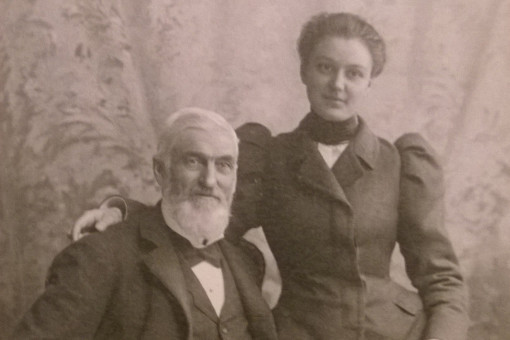
To help move mail, people and goods back and forth from the north end of the peninsula to the steamboat ferry terminal at Ilwaco, a cabal of businessmen led by Lewis Alfred Loomis invested in their own narrow-gauge railroad line called the Ilwaco Railway and Navigation Company, or IR&N for short. It would quickly become known as the “Clamshell Railroad” and see active operation for nearly 42 years.
The Clamshell Railroad wasn’t connected to any other tracks in the surrounding areas. It wasn’t a spur line or an offshoot of a larger railroad company. It was its own entity managed by Loomis and his partners, and earned the “Clamshell” moniker ostensibly because of its service in transporting clams, oysters and other harvested seafood from the peninsula to awaiting vendors farther inland.
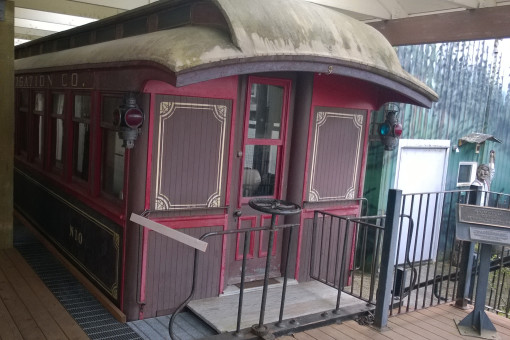
Arguably one of the most unique aspects of the Clamshell Railroad, however, was the fact that it did not run on a regular schedule like most trains today. Because of the extreme shallow water at the railroad’s dock in Ilwaco, the IR&N’s schedule was based instead on the tide charts. For example, a schedule for April, 1905, shows the time of departure as somewhere between 5:00 a.m. and 8:30 a.m. This led the IR&N’s patrons to colloquially dub it the “Irregular, Rambling and Never-Get-There Railroad.” With the advent of the automobile and paved roads, the line’s popularity dwindled irreversibly. The last train ran on September 9, 1930, and by the summer of 1931 all the rails and ties had been ripped up and sold for scrap.
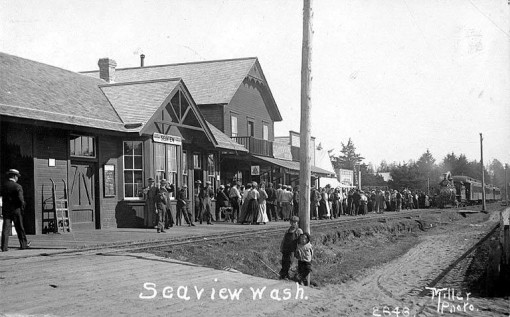
Among the many stops on the Clamshell line was the original depot in Seaview. Now a restaurant (appropriately named, “The Depot“), the original structure still stands and dates back to 1905. It is owned and operated by Chef Michael Lalewicz, a man of similar ilk as the peninsula’s original entrepreneurs. A Midwest and East Coast transplant, Lalewicz brings his wide array of talents to his dinner guests each evening as they learn about the history of the Clamshell Railroad and the Seaview depot building in which they sit.
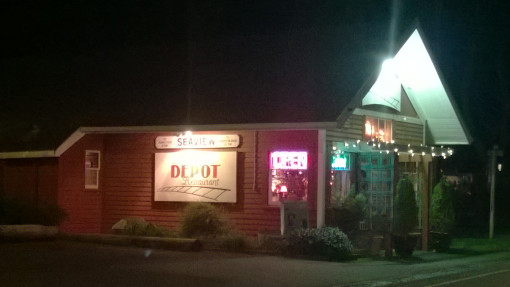
Winner of nearly a dozen local and regional dining awards, The Depot continues to shine as an example of how historical buildings in Washington can be revitalized to continue serving a useful purpose. Featuring selections from the gourmet to the good ol’ standbys, The Depot also boasts an impressive selection of international wines and regional brews. It is definitely worth a stop for the hungry visitor in Seaview.
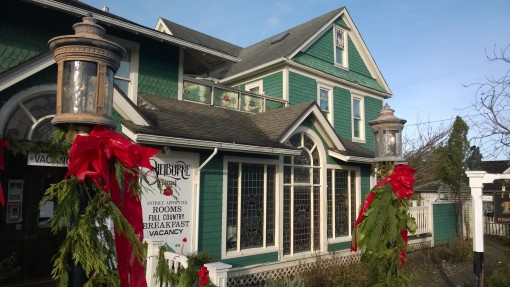
Just a few blocks north of The Depot is another historical gem of the Pacific Northwest. Unlike The Depot – which has needed to make significant alterations to its structure in order to turn a train station into a dining establishment – The Shelburne Inn is strikingly similar to how it looked when it first opened for business in 1896. In fact, it is the oldest continuously-operating hotel in Washington.
Far more than a boutique bed and breakfast, The Shelburne Inn is somewhat akin to a step back in time. Owners David Campiche and Laurie Anderson have undertaken exhaustive efforts to restore the structure since they took ownership in 1977. David, who also cooks many of the restaurant’s gourmet meals, personifies the truest definition of a Renaissance man, while Laurie can bake artisan breads (porcini walnut sourdough, anyone?) as easily as she can balance The Shelburne’s books.
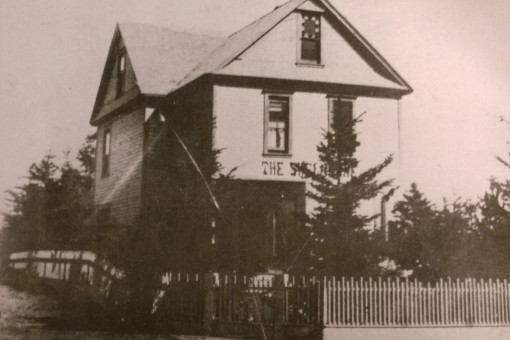
The Shelburne was once a stop along the Clamshell Railroad as well. Originally built by Charles Beaver as a retreat for the nouveau riche in Portland, Oregon, he chose the name Shelburne after a grand hotel in Dublin, Ireland. After 15 years, Beaver sold the building to Timothy and Julia Hoare, who saw the need to expand and took advantage of a nearby availability. In 1911, a team of horses pulled the entire structure across the street in order to join it to another building.
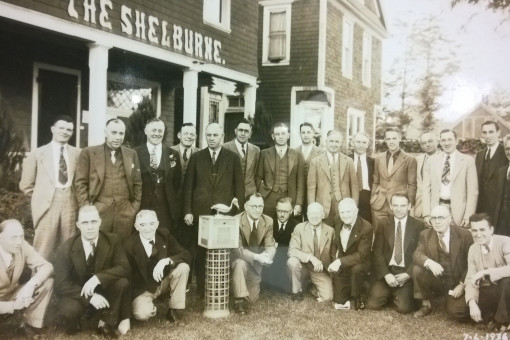
A prominent feature of The Shelburne is the restaurant dining room and pub, which was made available after David and Laurie had the old front porch enclosed in 1983. Since then – and thanks to their good fortune in salvaging stained glass windows from a century-old church in England – they’ve added a wonderful array of colors to the interior.
There are 15 rooms at The Shelburne, and each is a unique experience in and of itself. Whereas many similar hotels might stock their rooms with older-looking replicas from places like World Market, rooms at The Shelburne Inn are are furnished with actual antiquities from America and Europe.
The largest of the guest rooms features a wicker sitting area separated from the bedroom by an antique leaded glass surround…but although there are no televisions or phones to be found, guests do have access to complimentary Wi-Fi internet service. That, coupled with free coffee, tea and sparkling conversation with the owners, makes for a relaxing weekend for even the most harried traveler.
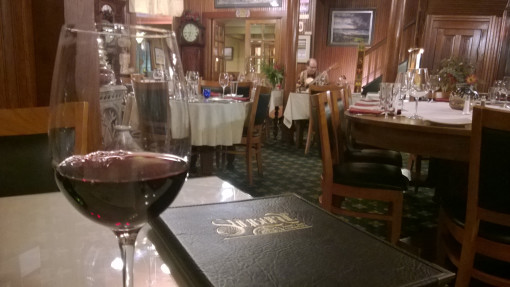
As a fan of Washington State history, I’ve visited many an old building…some left to decay and others refurbished or restored. Usually, there is a certain feeling – like a smell or an appearance – that conveys to the visitor a sense of the past. Almost always, the sense is that the past is gone. Not at The Shelburne Inn.
David and Laurie’s dream to revitalize the wonderfully historic hotel has more than succeeded. In fact, I would go so far as to say The Shelburne Inn feels – for lack of a better word – alive.

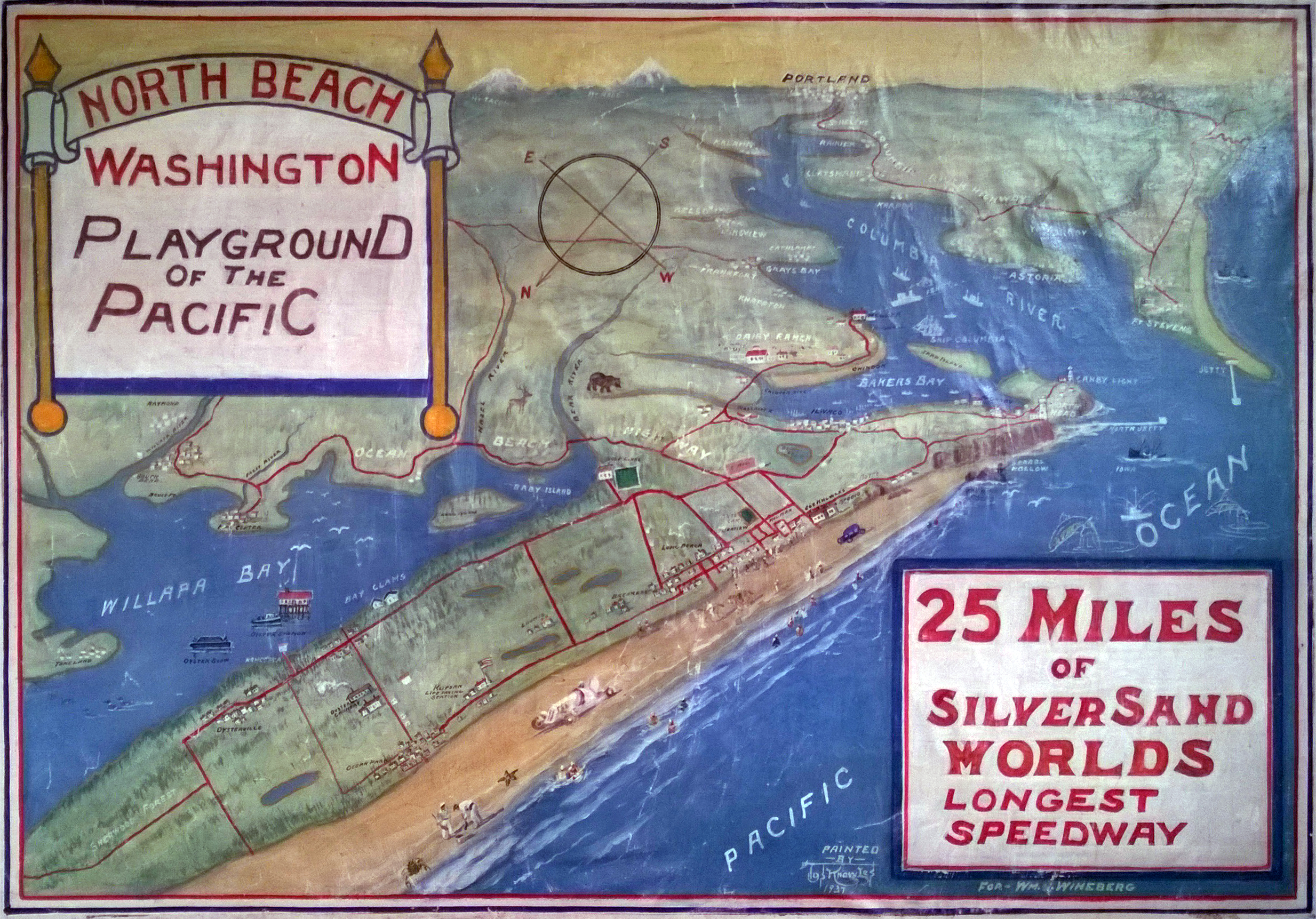
Pingback: Bedding down at the Bird Rock Hotel – Washington Our Home